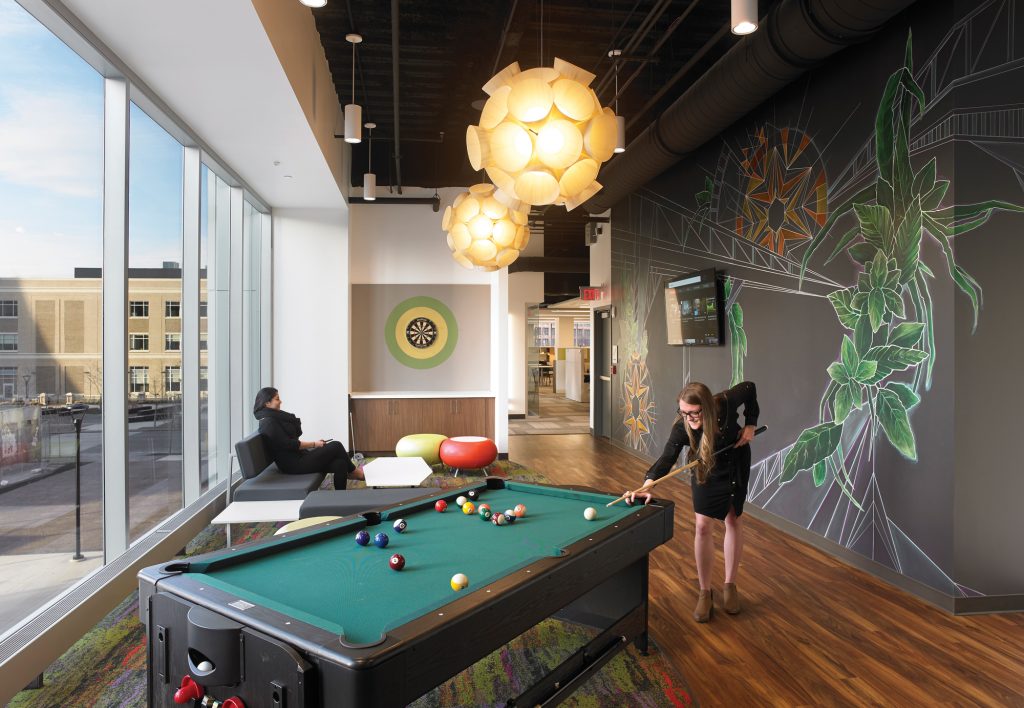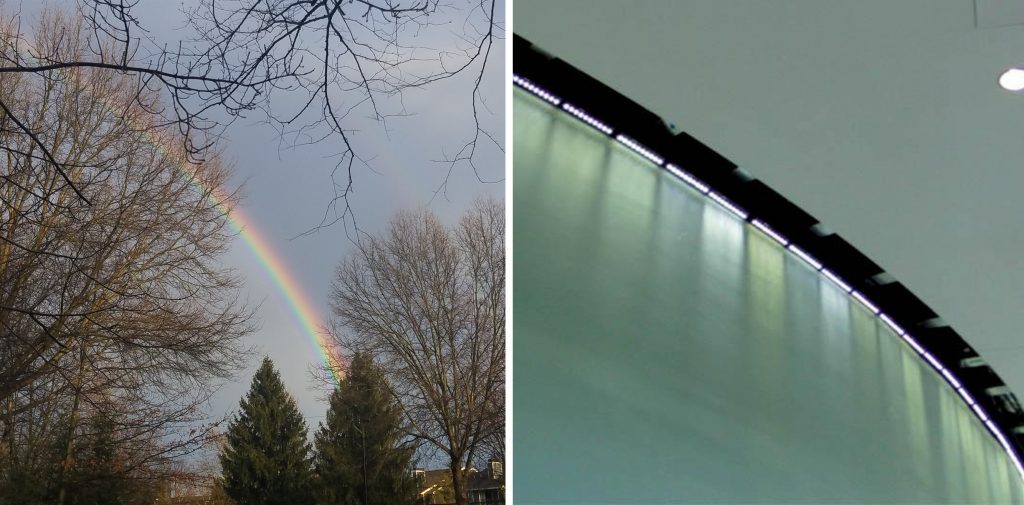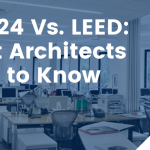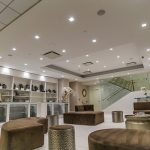4 Features lighting designers demand from today’s LEDs

Lighting designers are tasked with the challenge of collaborating with architects to create spaces that maximize both functionality and beauty. While carpenters work with wood and masons with bricks, light is the primary tool for lighting designers. Thanks to advancements in LED technology, lighting designers have a lot more to work with in their toolbox today.
Here are four features lighting designers pay special attention to when specifying lighting for projects.
Glare management
Glare can be divided into two main types: discomfort and disability. Discomfort glare comes from light sources that are painfully bright—like driving into the setting sun. With disability glare, vision is impaired from bright objects, but there isn’t necessarily discomfort. A bright light in a dark parking garage could cause disability glare because the light doesn’t hurt your eyes, but you can’t see very well with it shining in your face.
Regardless of the type, avoiding glare is a top concern for lighting designers. “Glare produces a lot of discomfort to users, and it’s a big issue with LEDs. LEDs are point source lights and they can be very glary,” says Carlos Alonso-Niemeyer, senior specification sales at Reflex Lighting. “Lighting designers want to have a ‘quiet ceiling,’ meaning the ceiling doesn’t have areas that bother our eyes. The ceiling should be a uniform space without sparkles and glare.”
Tools to avoid glare include lenses and louvers, but one of the best ways is the LED placement in the fixture. The closer the LED board is to the fixture opening, the more glare there will be. That’s why Amerlux takes the approach of designing fixtures with the LED boards as deep inside the fixture as possible.
Color consistency
When lighting is installed in a building, it’s important that all of the fixtures have the same light quality. A light that is slightly pink or green will stick out from a row otherwise white fixtures. At this point, only the poorest quality LEDs would have color consistency issues right off the bat. However, after hours of use, this is a different story.

One of these rainbows is beautiful like a dream and one is an ugly nightmare of color shifting. (Right photo courtesy of Energy.gov).
A common problem among sub-standard LEDs and outdated technologies like metal halide lights is color shift. Also called chromaticity shift and color maintenance, color shift in LEDs is typically caused by phosphor degradation from the high heat LEDs can emit.
The secret to avoiding color shift issues is two-fold:
“We don’t drive our LEDs to their full capacity,” says Alejandro Guerrero, director of engineering research and development at Amerlux. “Instead, we use the best quality LED possible and we drive it at a fraction of what it is capable of.
“This means the LED runs at very low temperatures, protecting the phosphor elements. Driving an LED like this makes it last a very long time. The light you get from an Amerlux product on day one will last for tens of thousands of hours longer than a lower quality LED pumped to 60 or 70 percent capacity. With a good driver, that lesser LED will last for a while, but won’t look nice,” continues Guerrero.
Light distribution quality
With architectural lighting, luminaires tend to be hidden or at least, not draw attention to themselves. Thus, when we judge a lighting solution as looking good or bad, that’s typically based on the beam and distribution quality.
“In regard to indirect linear products, lighting designers want the light distribution to be wide (also called as batwing distribution) so they have a uniform ceiling without hotspots,” says Alonso-Niemeyer. “On downlights, designers expect optics according to spec and they want to make sure the beam is clean—no striations of halos on the walls.”
“That’s one reason we use Amerlux products. Amerlux has listened to the requirements of lighting designers and the vast majority of products Amerlux offers meet those requirements and provide successful projects,” continues Alonso-Niemeyer.
Robust construction
High-end projects demand high-end materials. A low-grade fixture in a Class A office building looks out of place and sends the wrong message to prospective tenants. Designers look for lighting solutions that are built strong and beautiful.
“We work in Class A buildings and the lobby and public spaces have to emulate the amount of money spent on the architecture,” says Quentin Thomas, president of Quentin Thomas Associates. “The lights must look great when turned on and when turned off.
“In the millions and millions of dollars we’ve specified from Amerlux over the years, we have never had a problem with a product not being made well or any kind of aftermarket issue. I can’t say the same about other manufacturers we’ve worked with,” continues Thomas.
Amerlux has been developing beautiful LED solutions ranging from rugged post-top pedestrian lighting to beautiful linear interior products. Schedule a free lighting consultation today and learn more.

